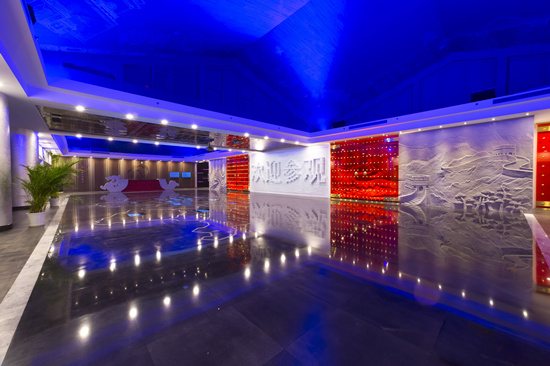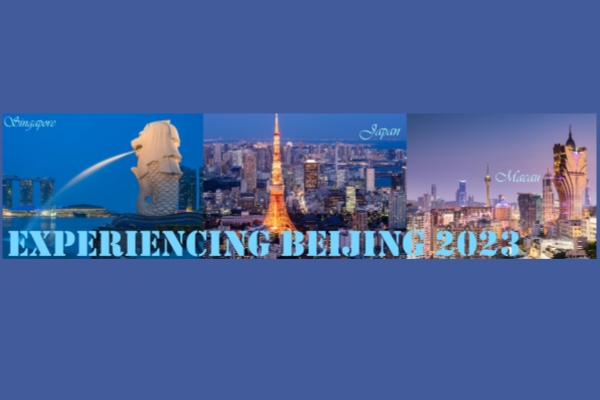Beijingers spend more on education, culture, entertainment in 2019
A recently released white paper on Beijing's cultural development shows that the city's cultural industry sector was further optimized in 2019.
The white paper outlines that in 2019, the per capita expenditure on education, culture, and entertainment products among Beijing residents was 4,311 yuan (about 655 U.S. dollars), an increase of 7.8% year-on-year, the largest growth seen since the beginning of the 13th Five-Year Plan. This per capita expenditure exceeded the national average by nearly 72%, reflecting Beijing residents' strong cultural consumption demand and consumption ability.
The findings were jointly released by the Beijing State-owned Cultural Assets Management Center and the School of Cultural Industries Management under the Communication University of China.
In recent years, Beijing's cultural industry has maintained a strong momentum of growth. According to the white paper, from 2013 to 2018, the added value of Beijing's cultural industry increased by an average annual rate of 13.3%, while its share of regional GDP increased from 8.1% to 9.3%, ranking first in the country. In 2019, Beijing was home to a total of 5,252 cultural industry legal entities above designated size, with total assets reaching 2,019.8 billion yuan, a year-on-year increase of 5.6%. Meanwhile, with total revenue reaching 1,354.43 billion yuan, a year-on-year increase of 14.4%, Beijing's cultural industry has made progress both in terms of quality and efficiency.
Additionally, the structure of Beijing's cultural industry has been continuously optimized. The white paper shows that the total income of key cultural industry areas above designated was 1,197.26 billion yuan, a year-on-year increase of 15.8%. Of these cultural industries above designated size, creative design services, news and information services, content creation and production, and cultural dissemination channels account for 87.3% of the city's total income, making them the four leading areas in promoting high-quality development of Beijing's cultural sector.
As a national cultural center, Beijing has accelerated its pace by adhering to a "cultural going-global" outlook. The white paper shows that in 2019, the import and export volume of Beijing's cultural trade was US$7.28 billion, a year-on-year increase of 20.9%. Of that figure, import and export of cultural products accounted for US$3.46 billion, a year-on-year increase of 54.5%.

 Responsibilities of the SOCAAC
Responsibilities of the SOCAAC Experiencing Beijing 2023
Experiencing Beijing 2023